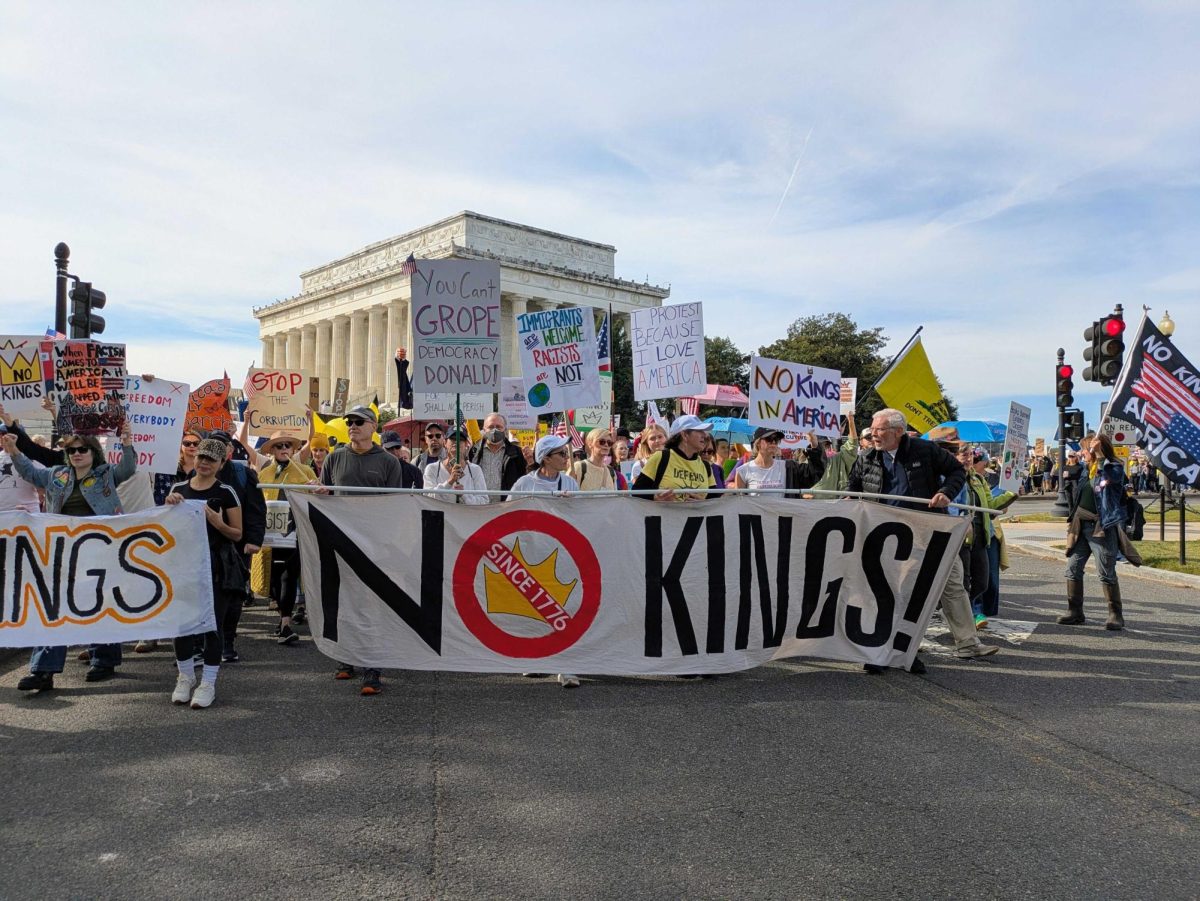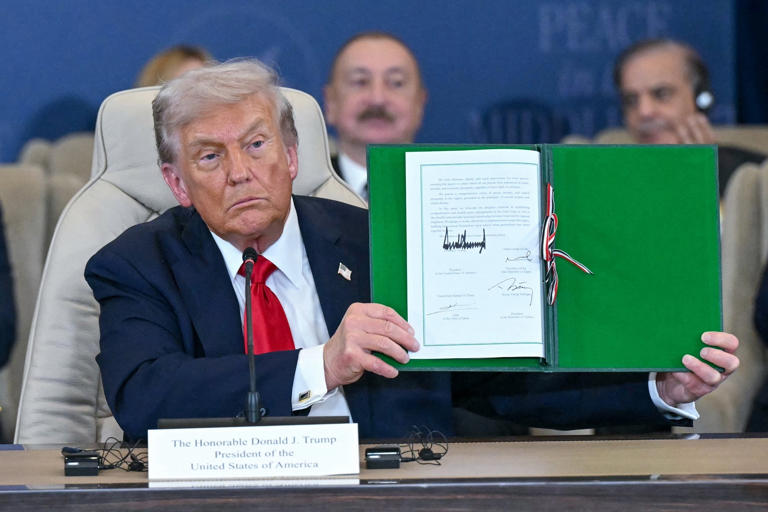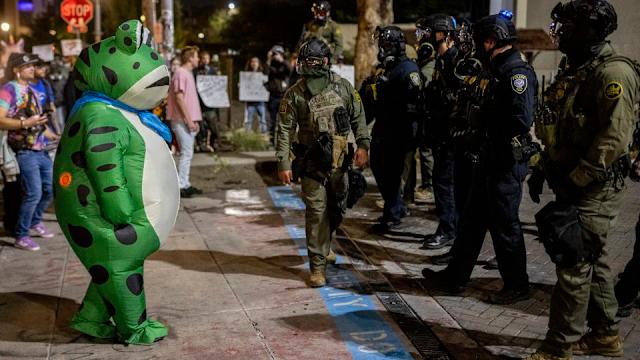
February 9, 2024/Midnight
Erie Pa., — The fashion industry has come a long way and has seen so many contrasting phases, trends and styles over the years. Due to the oversaturation of professional fashion designers and independent boutiques, garment-makers must do so much to stand out from the rest and make their unique, distinct mark on the industry so that their pieces live on long after their passing.
For Ann Lowe, standing out in the fashion industry was not a challenge, in fact it came naturally to her.
Ann Lowe is an African American fashion designer, couturier, seamstress and dressmaker known most famously for designing the wedding dress of Jacqueline Lee (Bouvier) Kennedy for her wedding to the late John F. Kennedy, and 35th President of the United States.
According to Black Past, Lowe is the considered the first African American to become a noted or rightfully accredited fashion designer.
Ann Cole Lowe was born in 1898 in Clayton, Alabama to mother Janey Lowe and father Jack Lowe. Not much is known about her father Jack, but both her mother Janey and her grandmother Georgia Tompkins were seamstresses for numerous wealthy women in the south and they passed down their sowing skills to Ann.
According to The Whitehouse Historical Association, Lowe would take leftover pieces of fabric from her mother’s designs and sew them together to make flowers. These handmade flower designs would become a staple design in Lowe’s professional pieces that would serve as a signature of sorts.
Throughout her childhood she would design her own personal little pieces while watching her mother and grandmother at work. At the age of 14, Ann would drop out of the segregated schools of Alabama and start an apprenticeship at the family business, garnering the skills that would further set her on a path of greatness in the fashion realm.
Lowe would eventually marry her first husband, Lee Cone, a tailer from Dothan, Alabama. According to The New Yorker, Cone forbade Lowe to work, wanting her to be a stay-at-home wife. Respecting this decision for a while, Lowe would be a stay-at-home wife until the death of her mother in 1914. After her mother’s passing, Lowe would return to the family business to help finish some projects that her mother left behind, including a piece for the First Lady of Alabama at the time, Elizabeth Kirkman O’Neal.
Two years after taking over the business, Lowe would have a life changing interaction back in Dothan. The story goes that an out-of-town shopper, later identified as Josephine Lee, wife of a wealthy citrus farmer in Tampa, complimented Lowe for how well dressed she was.
The New Yorker reports that Lee invited Lowe to be a live-in seamstress for her and her four daughters, initially just to make gowns for the wedding parties of the two oldest daughters who were twins both engaged to be married. Lowe, having just given birth to her son, Arthur, decided to take her son, leave her husband and make the move to Tampa, where her professional career would begin to take off.
In 1917, Lowe would go to New York City and attend the S.T. Taylor School of Design in Manhattan. Her education was sponsored by the Lee family, when Mrs. Lee realized that Lowe’s talents went far beyond what she could do for the family and the few clients she acquired around the Tampa area.
According to the National Museum of African American History and Culture at the Smithsonian, Lowe was the only African American student enrolled in the design school at the time and faced many racially motivated challenges including being segregated from the rest of the class. Lowe’s talents would speak for themselves, and she would end up impressing her peers and graduating in just half the required time.
Once finished with design school, Lowe returned to Tampa and continued to make numerous break throughs in the fashion scene and work on her craft. She would marry again, to a man named Caleb West, who was a hotel bellman. In a workroom behind their home Lowe would start her business. She would become a well-known and highly noted fashion designer, but still would be overlooked due to the color of her skin.
In 1928, Lowe returned to New York City, this time as a master, no longer a student. She arrived with her son and husband, several assistants, and rented a two-bedroom apartment in a nice area of town for her family.
Due to the Great Depression, Lowe would face some financial struggles, but with perseverance being her middle name, Lowe did not let that stop her. Opening several shops in Manhattan, and having a loyal client list, Lowe was able to keep afloat and show the world that a Black woman could get the job done, even in such a racially and economically tense and divisive time.
This notoriety caused many well-known names to want a dress from the “most in-demand couture designer” in Manhattan. This is how Lowe would get in touch with Jacqueline Lee Bouvier, for whom Lowe would design a wedding gown. This gown was for Bouvier’s wedding to Massachusetts Senator John F. Kennedy, and future President of the United States. Unfortunately, it would not be an Ann Lowe story without some adversity. Ten days before the wedding, there was a flood in Lowe’s shop which destroyed the original gown and the ten bridesmaid dresses.
Persevering as always, Lowe would pay out of pocket for any additional costs and work overtime with her team to make sure the gowns reached their destination on time.
In 1964 Lowe was referred to as “Society’s Best-Kept Secret,” by the Saturday Evening Post, according to The White House Historical Association. Although she was well-known among the wealthy in her prime, many average Americans would hear about her later, once she was being properly accredited in history for her work and influence in department stores such as Saks Fifth Avenue, Neiman Marcus, Henri Bendel and many others.
Lowe would retire in 1972 due to many health complications that affected her sight. She moved in with her “adopted daughter” and former assistant Ruth Alexander, in Queens who would help the aging couturier manage her health complications. Lowe would stay with Alexander until her death in February of 1981.
Today, many of Lowe’s works are put on display for the public to see in numerous museums around the country. The biggest exhibit of Lowes work can be found at the Winterthur Museum, Garden and Library in Winterthur, Delaware. According to their website, the museum has over “40 iconic gowns, many that have never been on public display, and it will illuminate her evolution as a designer from the 1920s to the 1960s.”
In conclusion, Ann Lowe was a pioneer for all African Americans in the high-end fashion space. Lowe had a big goal, which was “to prove that a Negro can become a major dress designer,” as she would tell Mike Douglas as a guest on his show in 1964. Not only did she accomplish this goal, but she paved the way for many of the contemporary African American designers and made the name Ann Lowe stand out amongst the rest.








Lisa • Feb 27, 2024 at 10:09 am
This lady is a hidden figure. I never knew anytime about her, I just found out about her when I was putting together my black history program for church.
Teresa • Feb 23, 2024 at 3:40 pm
There is a beautiful and carefully researched book about Ann Lowe available at Winterthur Museum, which recently exhibited the largest-ever grouping of Ann Lowe dresses in one place. Gorgeous full-page color photographs of the dresses are included. It is called Ann Lowe: American Couturier and you can call 800-448-3883 and ask for the museum store, if interested.
Barbara Jenkins • Feb 12, 2024 at 9:01 pm
I’ve always loved to sew but my career went into healthcare. I still sewed for myself and my daughter. I’m 72 and this is the first time I ever heard about this magnificent designer. Bravo and job well done, you followed your dream.